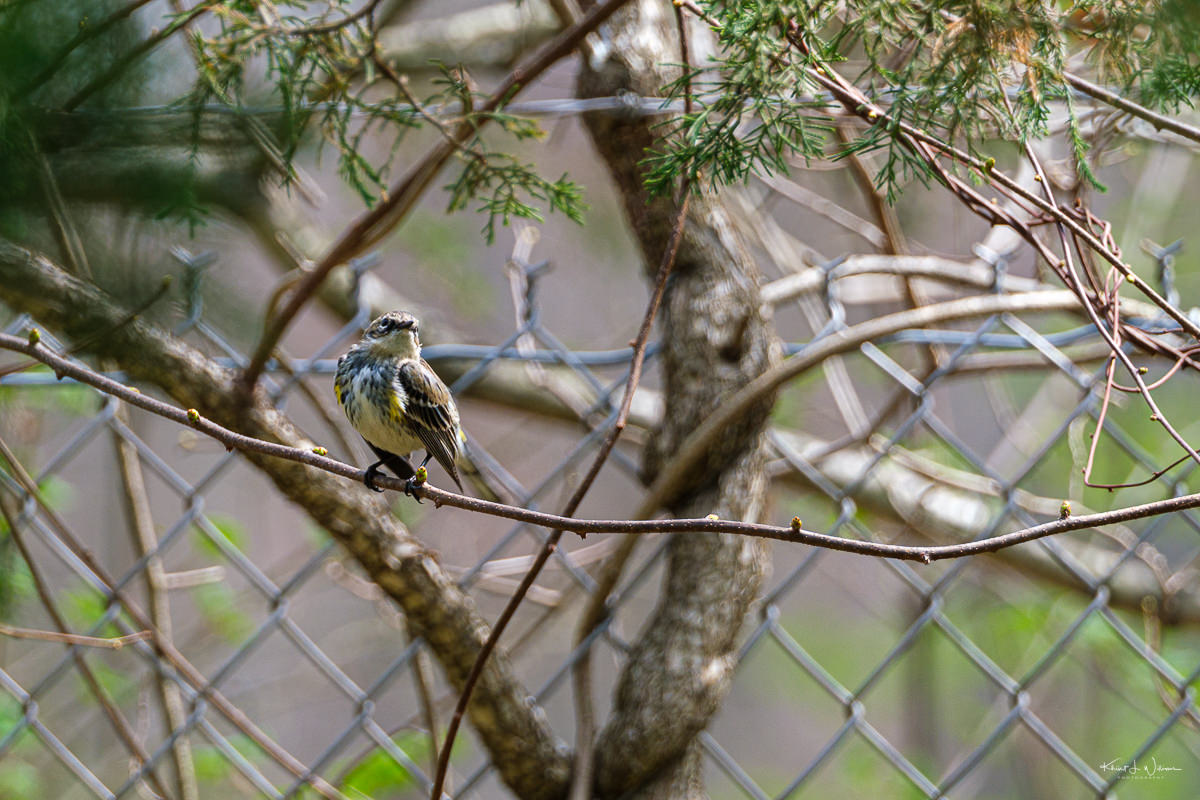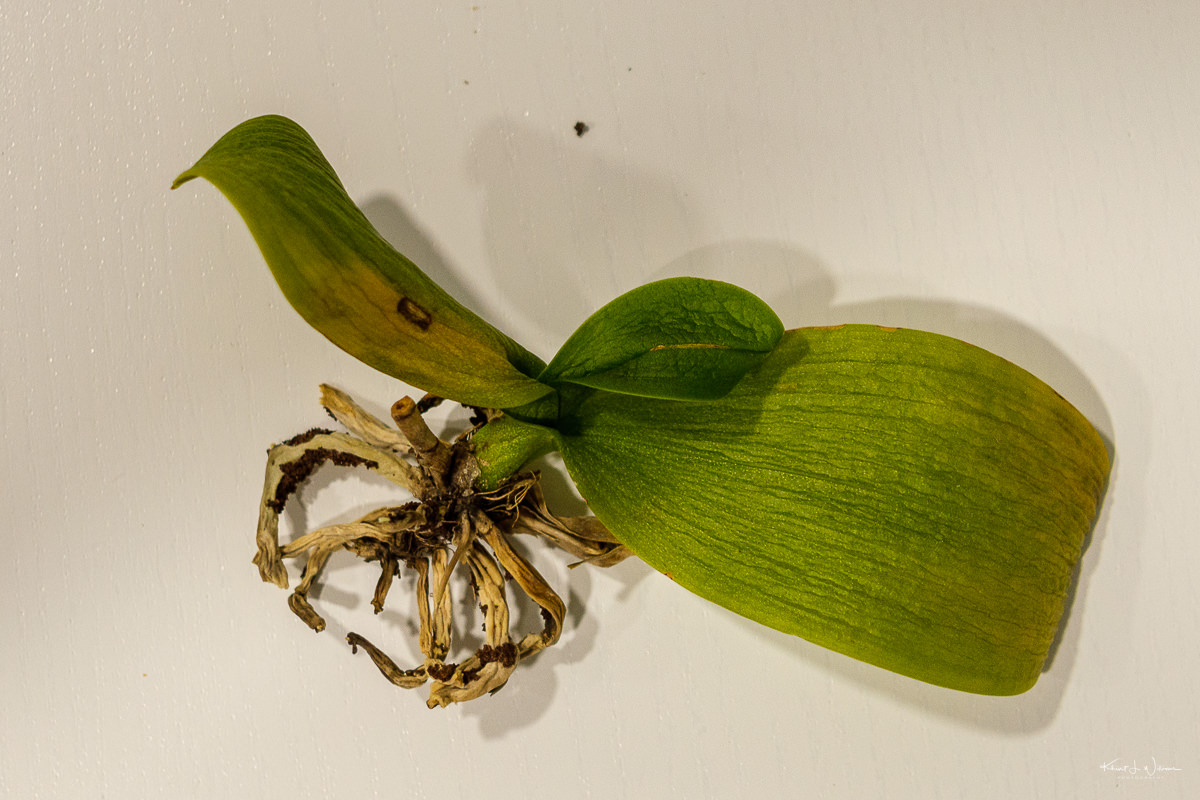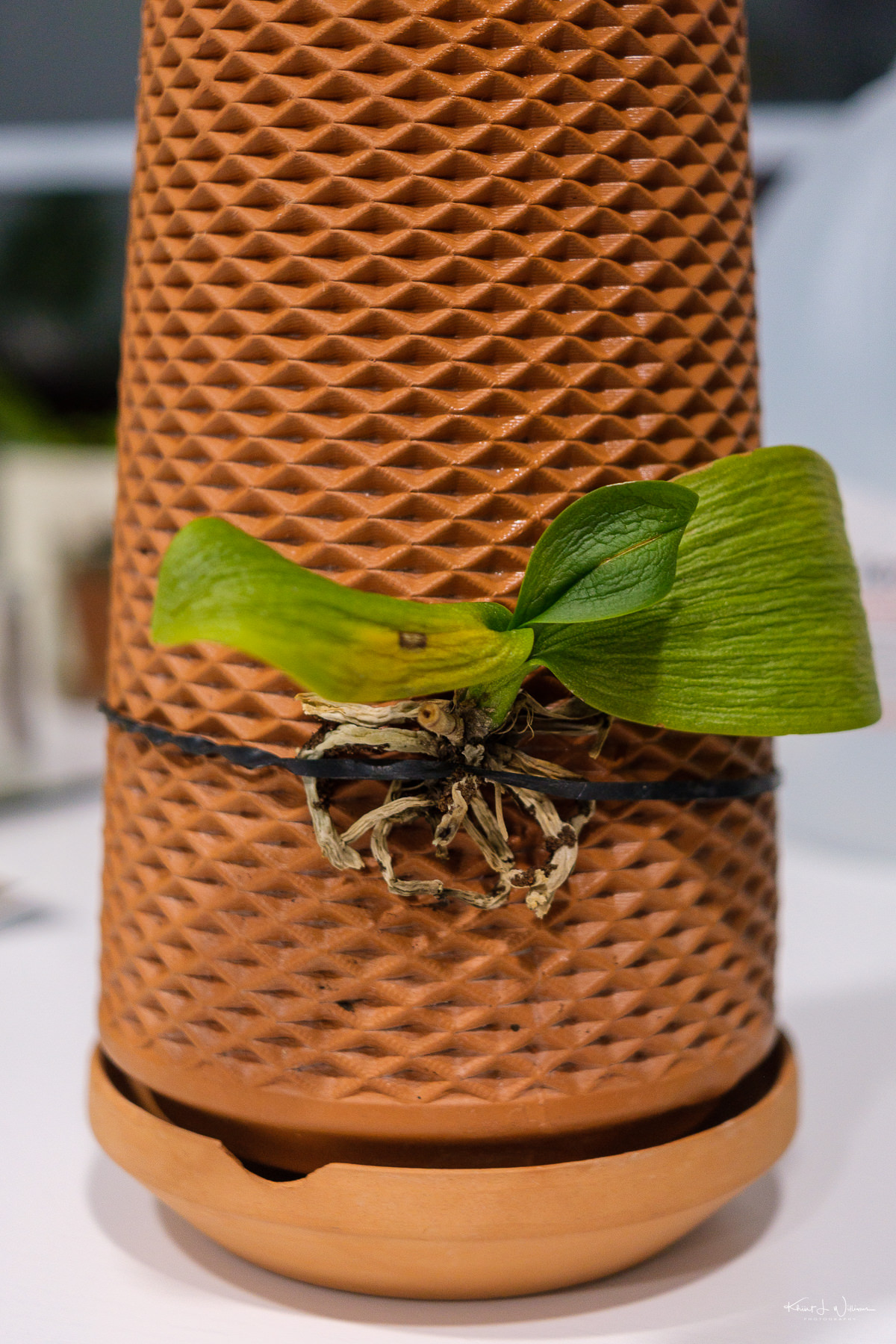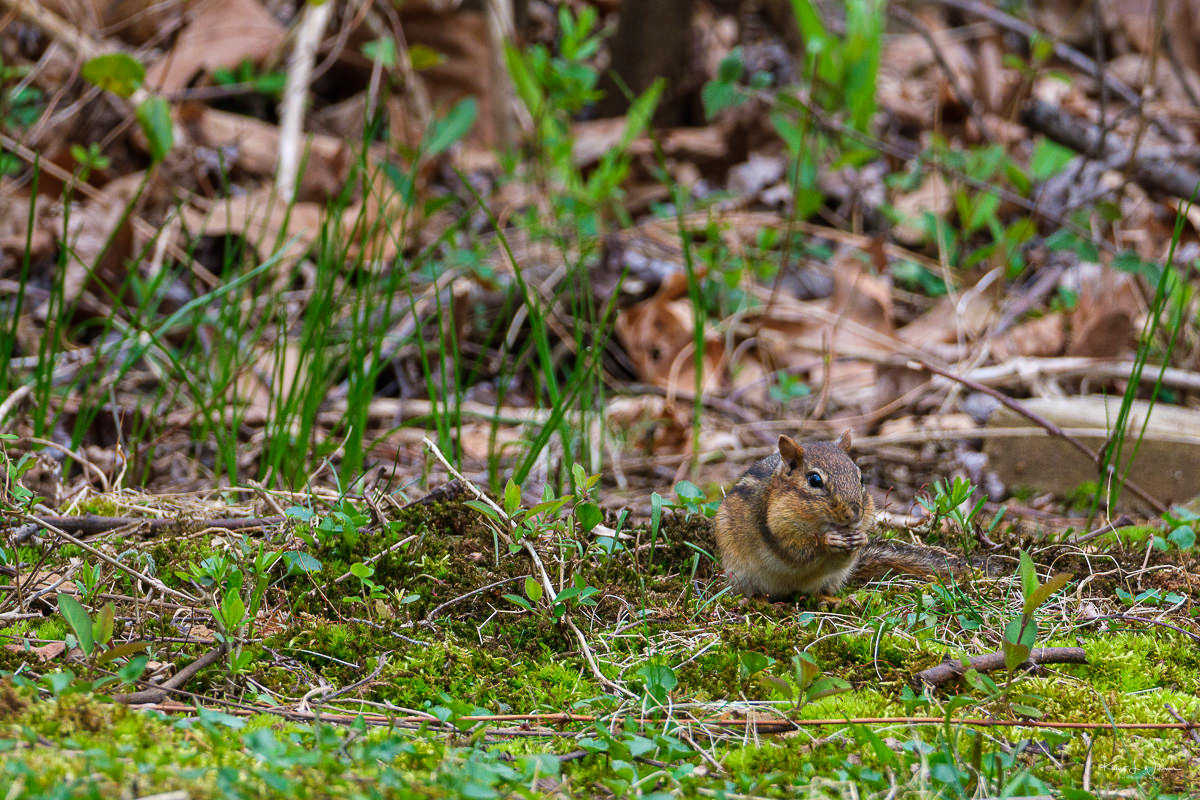The Yellow-rumped Warble species is one of the most widespread and most commonly encountered but I have photographed a Yellow-rumped Warbler only once before; during the fall migration and my first visit to the The Beanery at Rea Farm.
There are two main populations: "Audubon's" found in the western U.S. and British Columbia mountains, and "Myrtle" found from the eastern U.S. to Alaska.
Both populations display bright yellow rumps and sides, with "Audubon's" having yellow throats and "Myrtle" having white throats that extend below the cheek. They breed in coniferous or mixed forests near clearings and are also found in various habitats during migration and winter, including woodlands, shrubby areas, coastal dunes, fields, parks, and residential areas.
The one I photographed in Cape May and the one I photographed in my backyard are Myrtle Yellow-rumped Warblers. I was very excited and very surprised when I heard the Warbler. I pulled out the Merlin ID app to confirm the call and then sat patiently on the deck in the backyard for my entire lunchtime, waiting for the opportunity. I struggled to get a good clear photograph of the Warbler.
Yellow-rumped Warblers primarily feed on insects, often seen hopping between perches. They also consume berries in winter. Their calls are distinct: "check" for Myrtle and rising "chit" for Audubon’s. I could hear two distinct calls from either end of the woods beyond the fence line.





